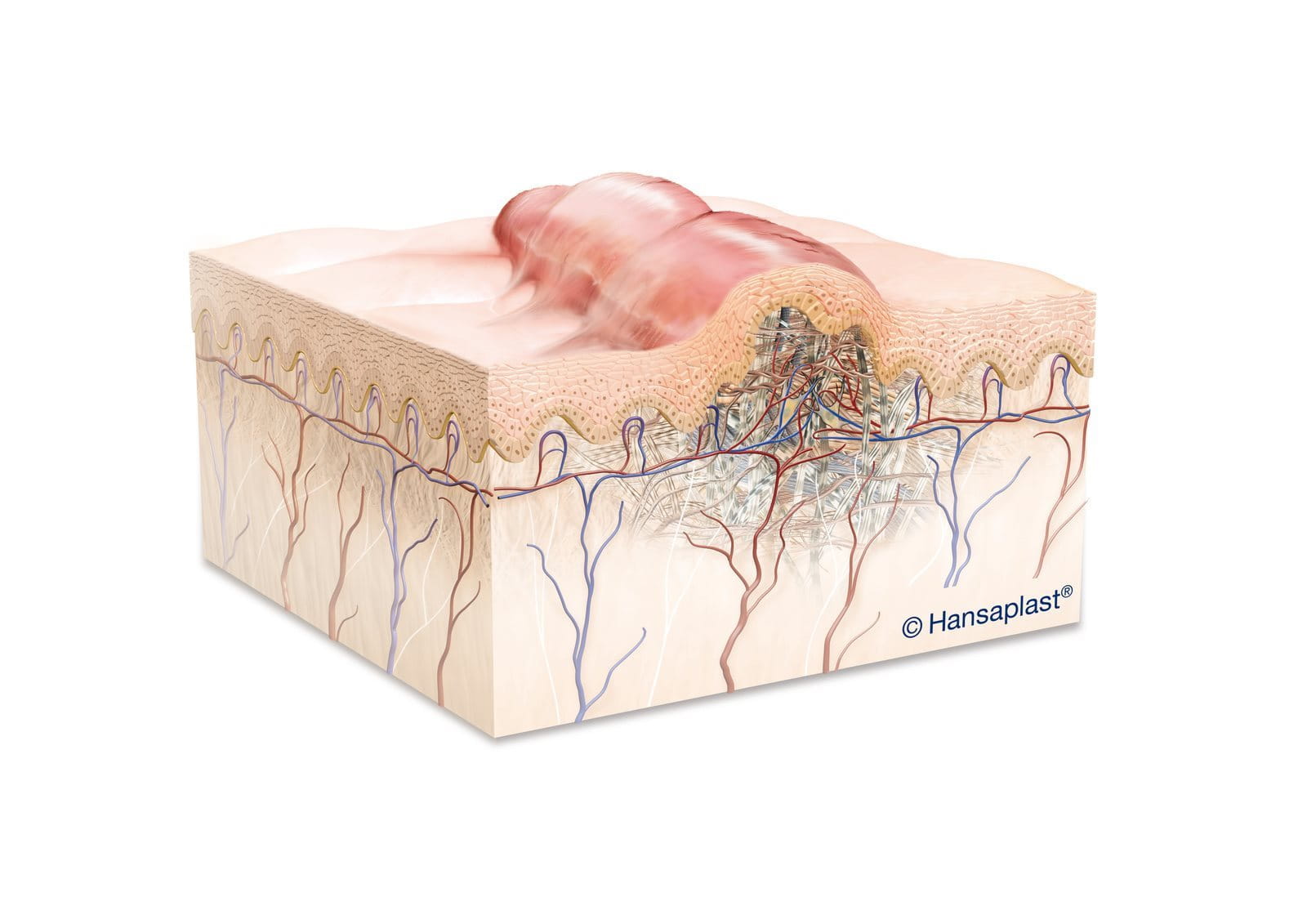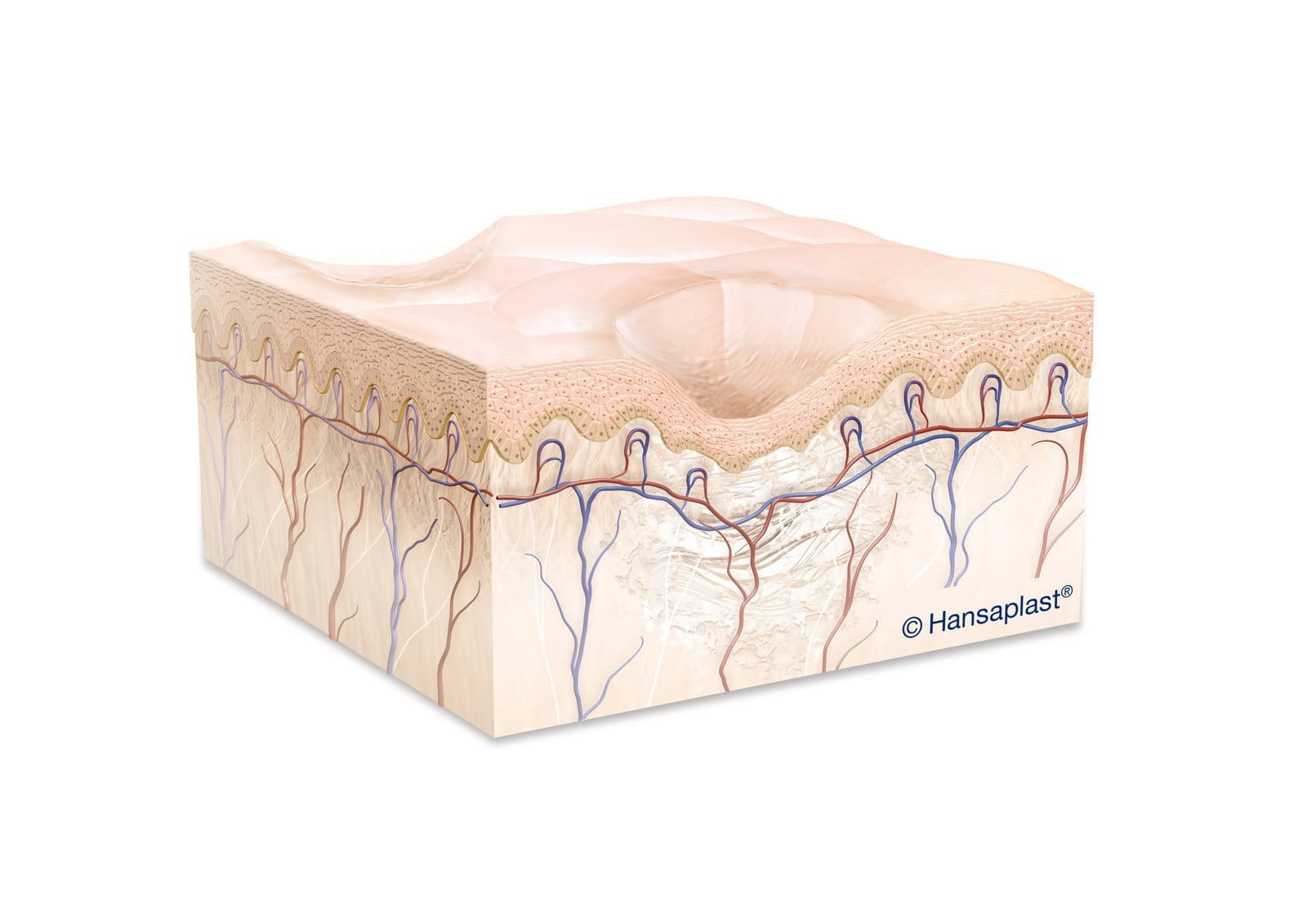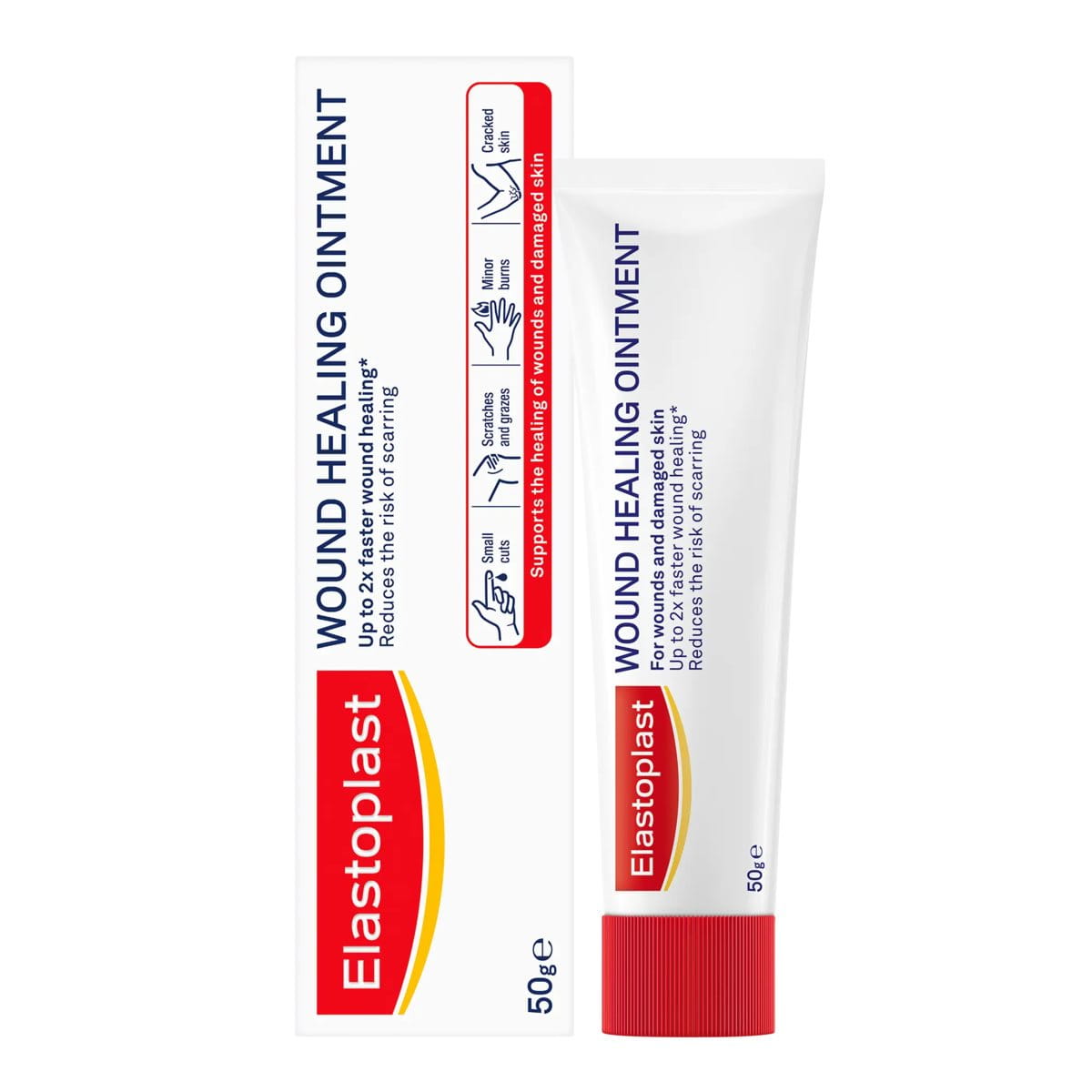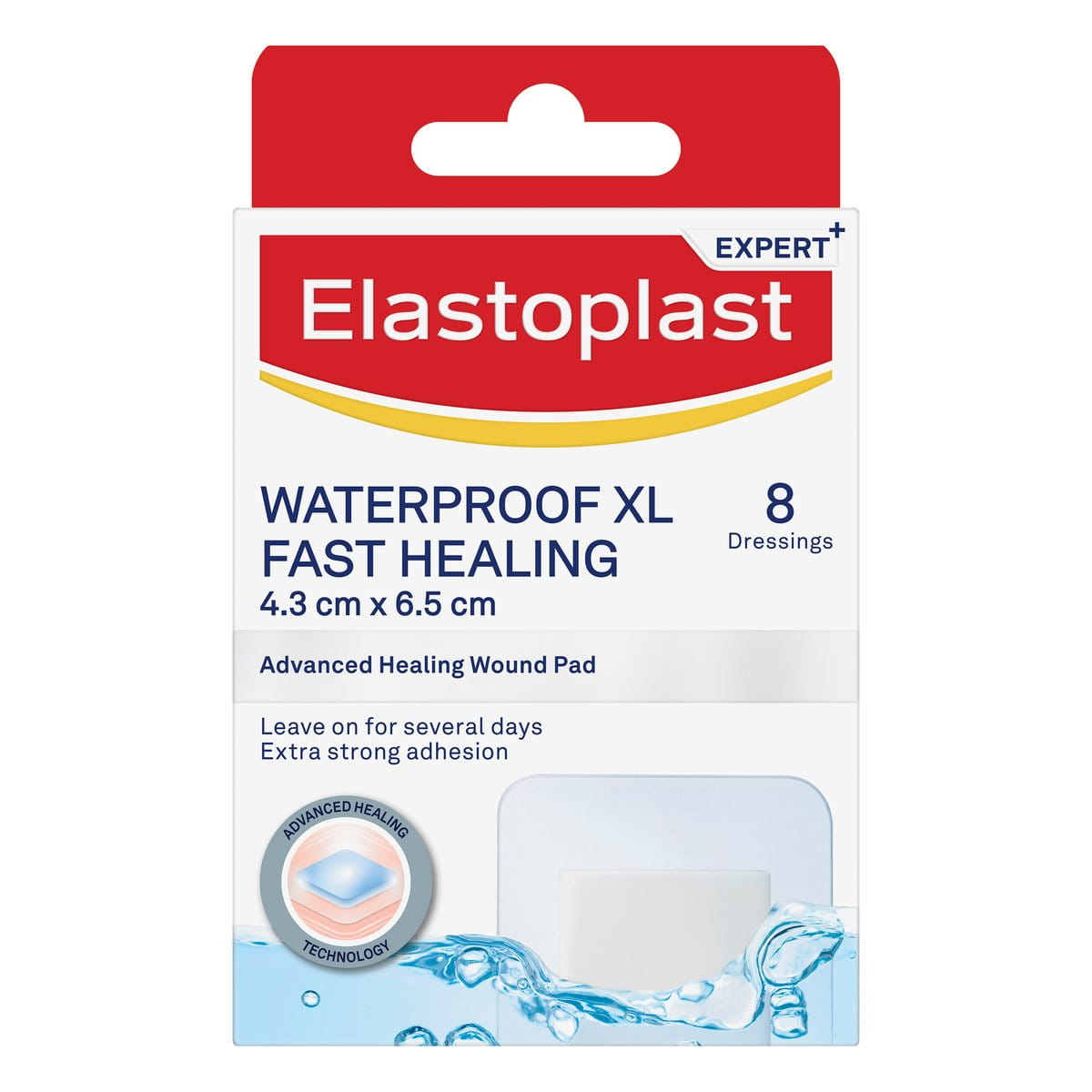Some individuals are more susceptible to abnormal scarring than others. These include adolescents and young adults as well as those with darker skin pigmentation. In case of keloids, scarring can also be impacted by hereditary predispositions. Furthermore, the location on the body has an impact. For instance, scars that appear on joints have a higher risk of forming abnormally. Some complications such as haematomes, infections, foreign bodies or edema can also exacerbate scar formation.
How to treat and reduce scars
As scars are often perceived as unattractive and can significantly impact quality of life, we often seek to reduce or hide their appearance. In the event of severe scarring, there are a number of medical procedures that can be performed by dermatologists, surgeons, and other medical experts. More invasive techniques can involve corticosteroid injections, laser therapy, or surgery, among others.
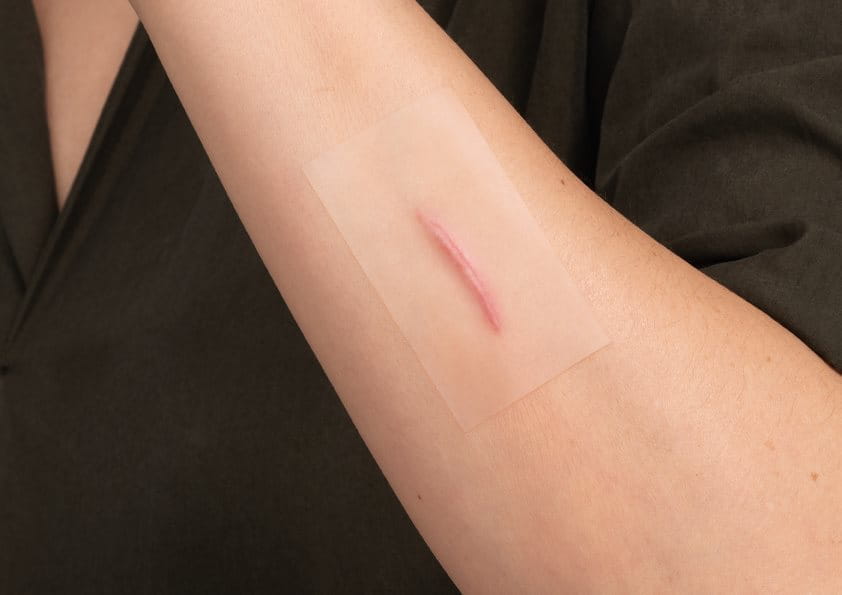
Also, the visibility of scars can often be reduced with non-invasive, topical products such as the Elastoplast Scar Reducer. This product is clinically proven and helps to flatten, lighten and soften scar tissue. Clinical studies have shown a positive trend in visible scar reduction when used on raised and coloured scars for 8 consecutive weeks for at least 12h a day.
Although compiled with great care, please note that the tips and advice given on this website by no means substitute medical advice and treatment. If you have or suspect a health problem, consult a doctor and follow medical advice regardless of what you have learned on this website. Always read carefully and follow the instructions for use or the leaflets of our products. For further information about our products, please contact us here.
How to reduce the risk of scarring
Scars are formed in the last phase of wound healing. In order to reduce the risk of unsightly scars and ensure a safe and fast healing, it is recommended to follow some basic wound care principles:
- Wound cleansing: As infections may increase the risk of abnormal scarring, always make sure that the wound is properly cleansed from particles, dirt and bacteria. Use the Elastoplast Wound Spray to cleanse the wound fast and easily.
- Wound protection: Make sure the wound is covered with an appropriate plaster or sterile wound dressing from Elastoplast. This will protect the wound from germs and bacteria which might enter the wound, delay wound healing and possibly cause wound infection.
- Moist wound healing: To reduce the risk of scarring and support a faster wound healing, experts recommend moist healing conditions. Apply the Elastoplast Wound Healing Ointment to create optimal healing conditions and support a fast wound healing with reduced risk of scarring.
Also note the following tips to additionally prevent scars:
- Protect wounds and newly formed scars from the sun rays.
- Do not expose wounds and newly formed scars to extreme temperatures.
- Avoid exercises or activities that cause tension to the scar tissue.
How do scars form?
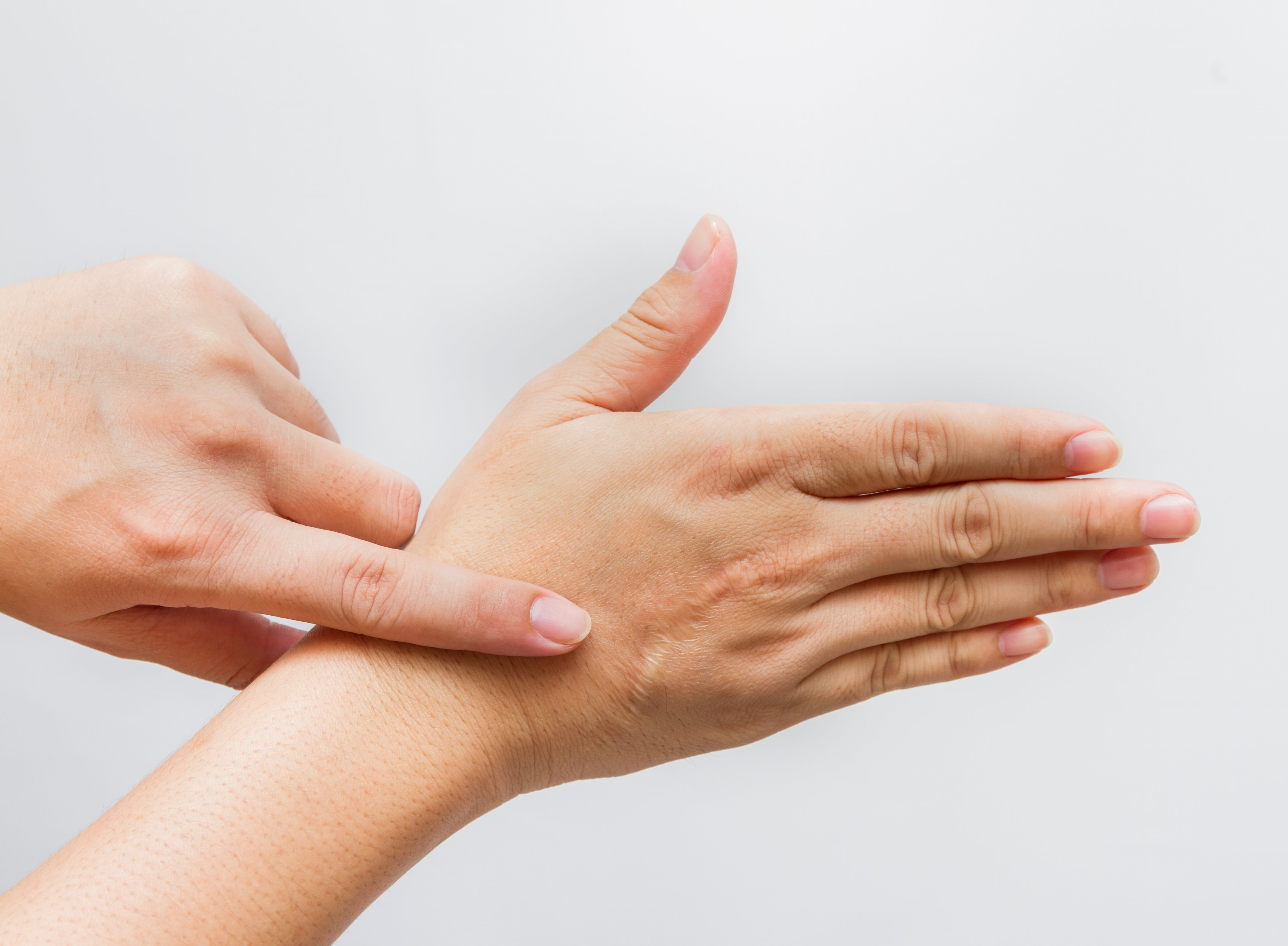
Different types of scars
What are the risk factors?



